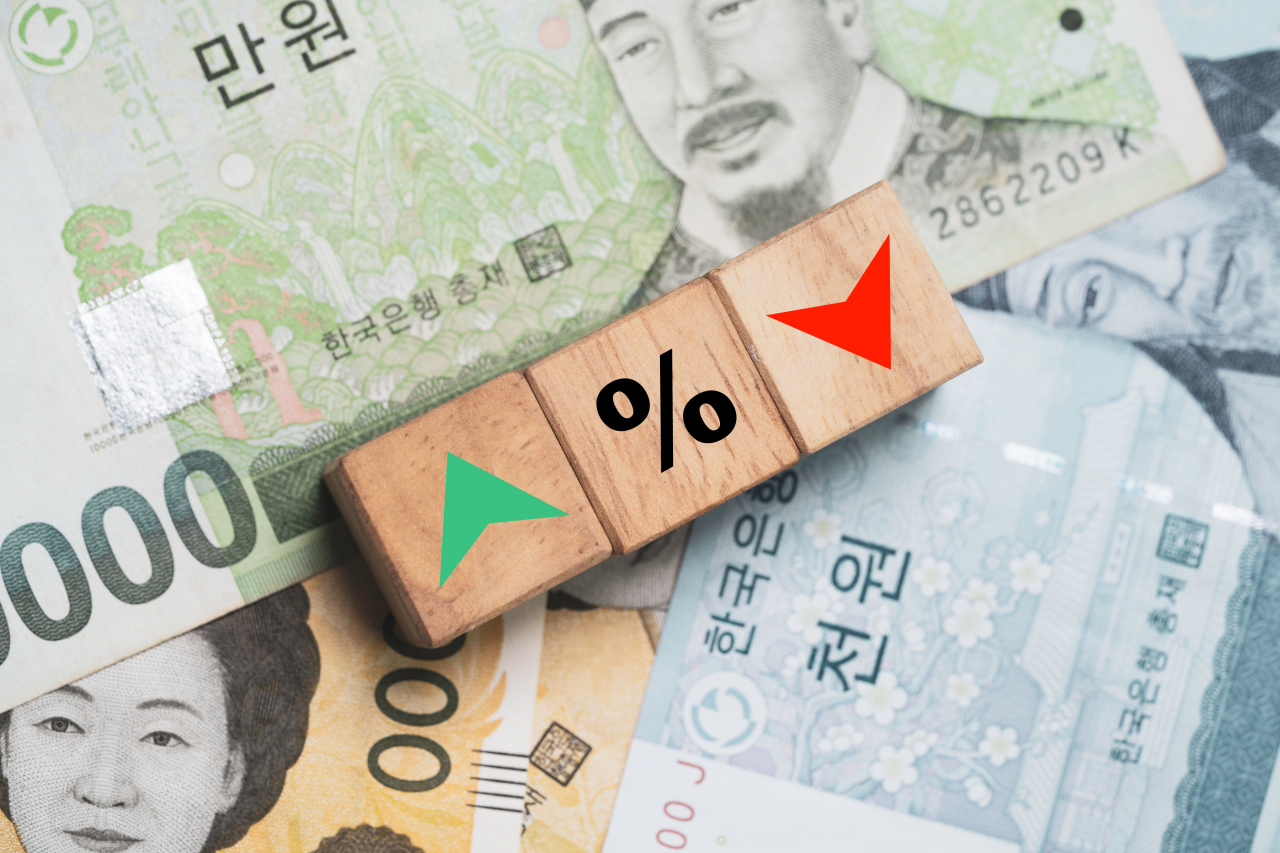 |
South Korean won notes. (123rf) |
Loans taken out by South Korean companies this month from major local banks increased by 8.8 trillion won ($6.18 billion), the biggest monthly rise in 13 months, sparking concerns over fresh liquidity strains amid global headwinds sapping business confidence.
Data from the five lenders -- KB Kookmin, Shinhan, Hana, Woori and NongHyup -- showed conglomerates or large companies holding at least 10 trillion won in assets accounted for 66 percent of the 8.8 trillion won surge in borrowing as of Thursday last week, with small and medium-sized enterprises making up the rest. The rise in large company loans, worth 5.8 trillion won, marks the biggest monthly increase since March 2020, at the onset of the coronavirus pandemic.
Despite being battered by rising borrowing costs intended to corral inflation, companies are expected to seek out more bank loans as they face increasing credit market strains -- prompted by the default of a municipality-backed developer reported in October. The delinquency, seen as a breach of a government guarantee, had rocked the bond and short-term money markets, forcing the government to inject a previously unannounced liquidity.
The steps to restore market calm, which include easing the Bank of Korea’s collateral policies for financial institutions seeking loans from the central bank, is making it increasingly harder for banks to spike lending rates for companies looking to borrow -- an unwelcome scenario according to the central bank, which has warned that excessive bank loans could lead to more “zombie firms,” which are unable to cover debt servicing costs with profits.
“Given the fact the economy is slowing down, borrowing costs are rising and all the economic conditions are worsening, including the surge in raw materials costs, we may have to deal with more of such firms this year,” the BOK said in a report released last month.
The Federation of Korean Industries, the country’s biggest lobby group for large companies, struck a similar chord in its latest report released Monday, saying increasing loans extended by the shadow banking sector led by nonbank lenders were another major factor weighing on companies.
“To ease pain, we need to moderate the pace of the rate hikes,” a senior official at the group said. The nation’s policy rate, currently standing at a 10-year high of 3 percent, is expected to climb further after the November board meeting -- the last one for the year -- as the bank seeks to tame soaring prices and prevent capital outflows fleeing for better yields from the US dollar. The most hawkish bets place the US rate at 4.5 percent by year-end.
What worries policymakers in Seoul are repayment burdens that companies and households are grappling with. Debts held by nonfinancial companies in the second quarter this year reached 117.9 percent of the country’s gross domestic product, the fourth-highest level among 35 major economies surveyed by the Institute of International Finance. Korea’s government debt, which stood at 47.8 percent of GDP, was the 24th-highest.
But the household debt, which hit 102.2 percent of GDP, raised a red flag, since the level not only topped the list of 35 countries but showed little improvement in the way Asia’s fourth-largest economy had handled the growing risk over the year. Korea’s household debt first came out on top in the second quarter last year.
Adding to the woes are clear signs of a slowing economy. Last week, the BOK released its advance estimate, saying the economy grew at its slowest pace in a year in the third quarter despite beating market expectations, as poor net exports offset consumption and investment.
The country’s GDP -- the value of all goods and services created -- grew 0.3 percent in July-September from the previous quarter, slowing from a 0.7 percent gain in April-June. The latest reading, slightly above 0.1 percent forecast by market participants, marks the slowest growth since the third quarter of last year.
Still, the BOK maintains that the economy could grow at 2.6 percent annually for the year, a target the bank said would be within grasp if the economy avoided “negative growth” in the fourth quarter.






![[Today’s K-pop] Blackpink’s Jennie, Lisa invited to Coachella as solo acts](http://res.heraldm.com/phpwas/restmb_idxmake.php?idx=644&simg=/content/image/2024/11/21/20241121050099_0.jpg)
